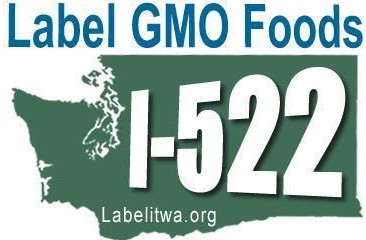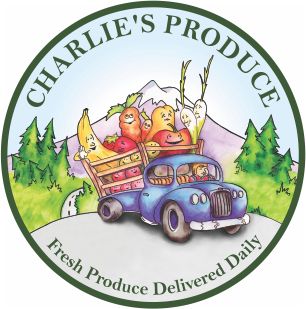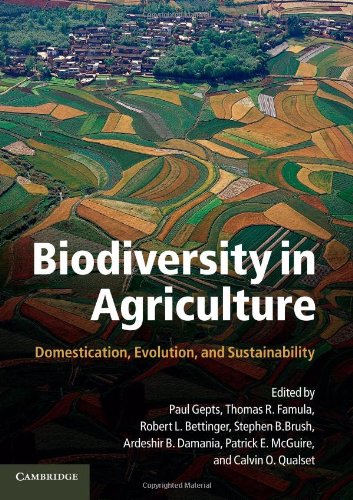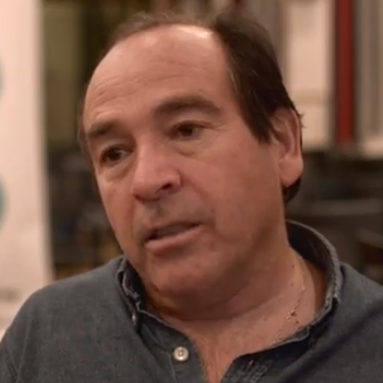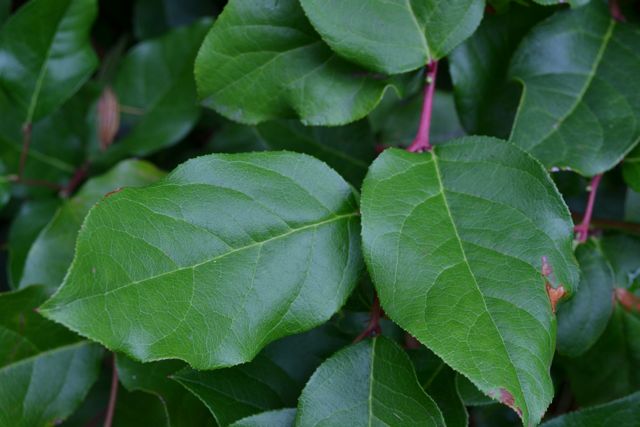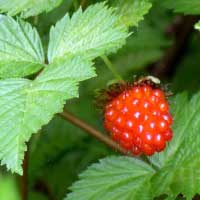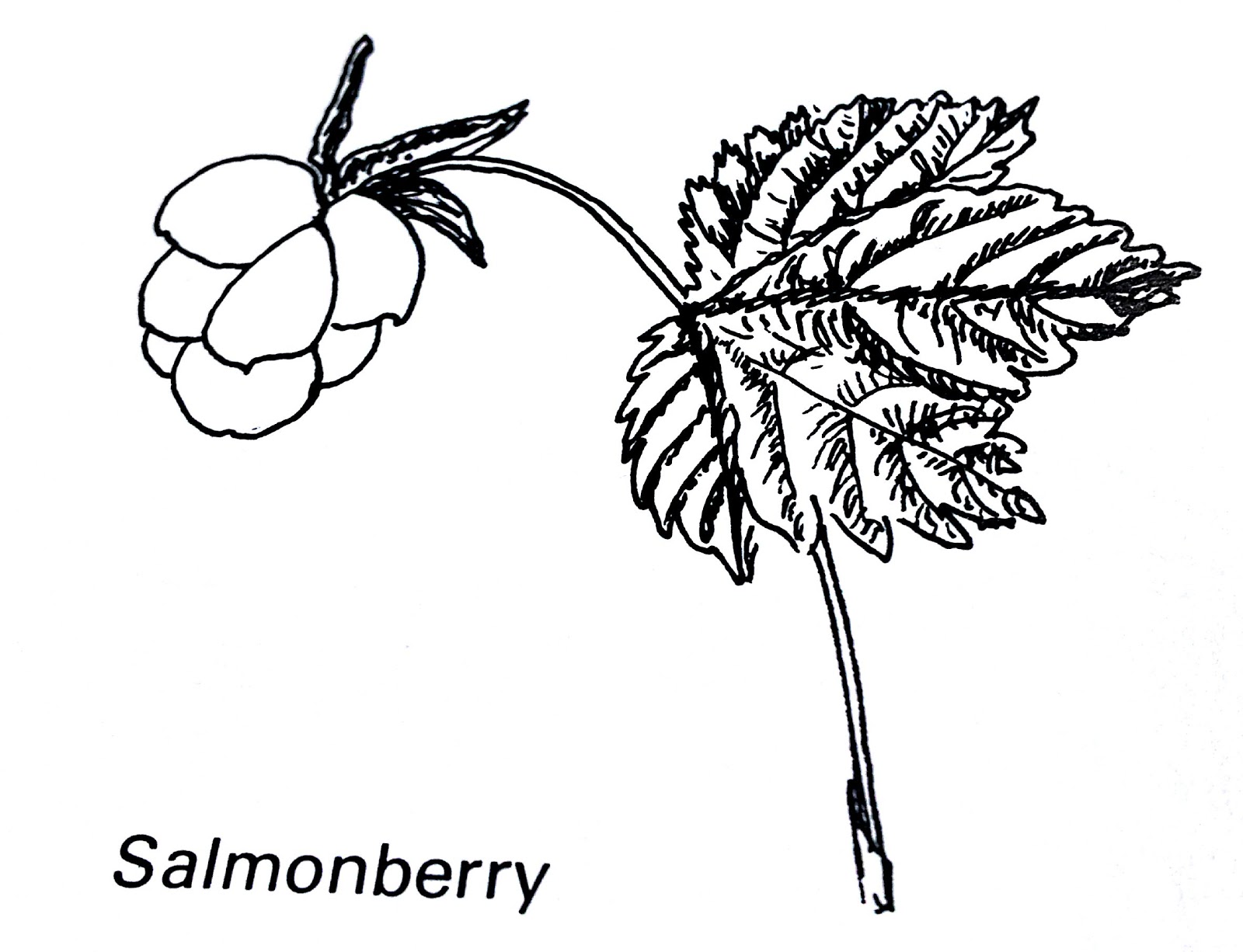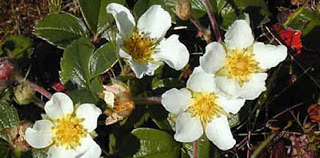GEO Watch: Effort Underway for Labeling Law in Washington State
A grassroots campaign has been launched in Washington State for the adoption of a labeling law for genetically engineered foods (a.k.a. GMO or transgenic foods). The grassroots initiative seeks support for I-522, which would mandate labeling of transgenic crops or foods containing GMOs. You can read the full text of the proposed initiative below this commentary. The I-522 movement is led by a diverse group of consumer advocates, organic farmers, and non-governmental organizations (NGOs) and has recruited a wide variety of endorsements from NGOs, municipalities, faith-based groups, farmers and farmer associations, seed savers and exchange groups, plant breeders, and well-known and respected elected officials.

